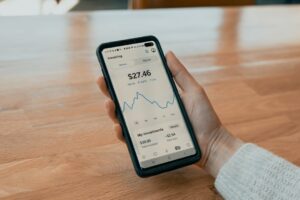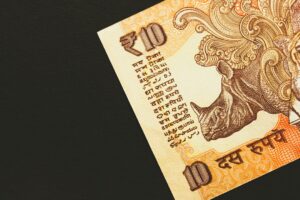Understanding the Different Forex Trade Hours Across Time Zones
The forex market is the largest and most liquid financial market in the world, with trillions of dollars being traded every day. Unlike traditional stock markets, the forex market operates 24 hours a day, five days a week. This continuous operation is made possible by the fact that the forex market is decentralized, with trading taking place across different time zones around the world. In order to maximize trading opportunities, it is important for forex traders to understand the different forex trade hours across time zones.
The forex market is divided into four major trading sessions: the Sydney session, the Tokyo session, the London session, and the New York session. Each session has its own unique characteristics and trading hours, which are influenced by the local business hours and economic activity of the respective regions.
The Sydney session kicks off the forex trading week. It starts at 10 PM GMT and ends at 7 AM GMT. This session is considered relatively quiet compared to the other sessions, as it overlaps with the end of the New York session and the start of the Tokyo session. However, it is still an important session for traders, as it sets the tone for the rest of the week and provides opportunities to trade currency pairs involving the Australian and New Zealand dollars.
Following the Sydney session, the Tokyo session begins at 12 AM GMT and ends at 9 AM GMT. Tokyo is one of the major financial centers in the world, and this session is known for its high volatility and liquidity. During this session, traders often focus on currency pairs involving the Japanese yen. It is worth noting that the Tokyo session also overlaps with the Sydney session during the first few hours, which leads to increased trading activity.
As the Tokyo session comes to a close, the London session commences at 8 AM GMT and ends at 5 PM GMT. The London session is widely regarded as the most important session, as it accounts for the majority of forex trading volume. London is the financial hub of Europe, and during this session, traders can take advantage of high liquidity and volatility. Currency pairs involving the euro, British pound, and Swiss franc are particularly active during this session.
Finally, the New York session starts at 1 PM GMT and ends at 10 PM GMT. This session overlaps with the end of the London session, resulting in increased trading activity and volatility. The New York session is known for its fast-paced and dynamic nature, with traders focusing on currency pairs involving the US dollar. It is worth noting that the end of the New York session often experiences lower liquidity, as traders in Europe and Asia wind down for the day.
Understanding the different forex trade hours across time zones is crucial for forex traders, as it allows them to identify the most active and volatile trading periods. Trading during these hours can provide increased opportunities for profit, as well as higher liquidity, which ensures that traders can enter and exit positions with ease.
Additionally, traders should be aware of the economic calendar and major news releases that can impact currency prices during each session. For example, during the London session, traders should keep an eye on economic data releases from the Eurozone and the United Kingdom. Similarly, during the New York session, traders should pay attention to economic data releases from the United States and Canada. By staying informed about these events, traders can make more informed trading decisions and reduce the risk of unexpected price movements.
In conclusion, the forex market operates 24 hours a day, five days a week, across different time zones around the world. Each trading session has its own unique characteristics and trading hours, which are influenced by local business hours and economic activity. Understanding the different forex trade hours across time zones is essential for forex traders, as it allows them to identify the most active and volatile trading periods, as well as stay informed about economic events that can impact currency prices. By leveraging this knowledge, traders can maximize their trading opportunities and increase their chances of success in the forex market.





